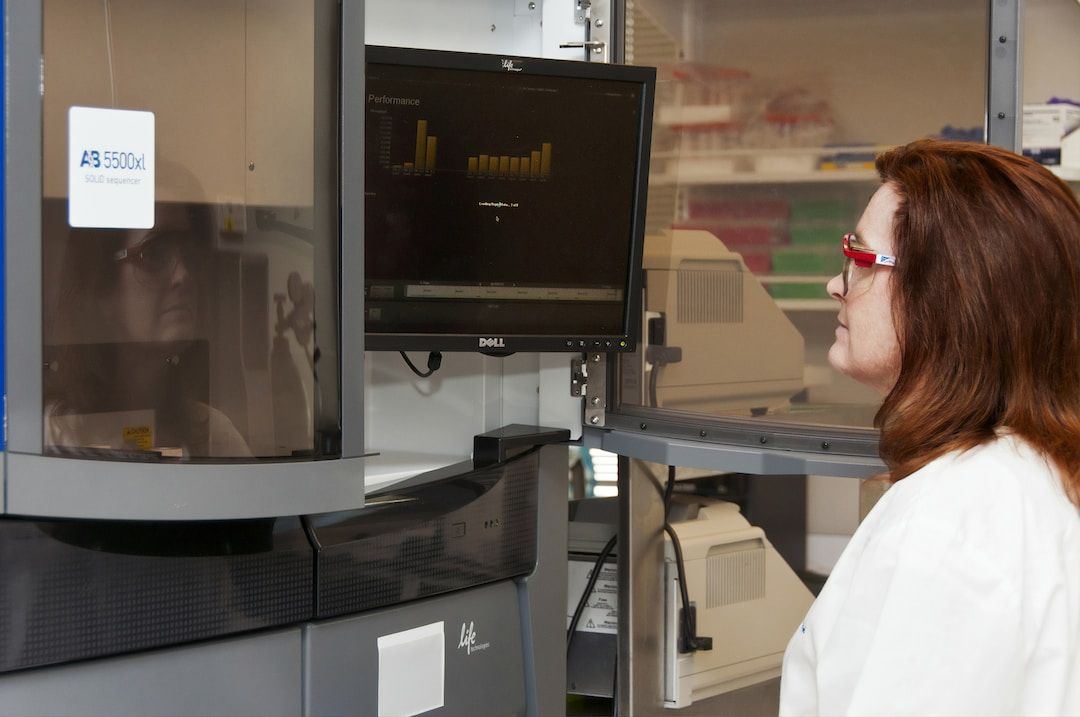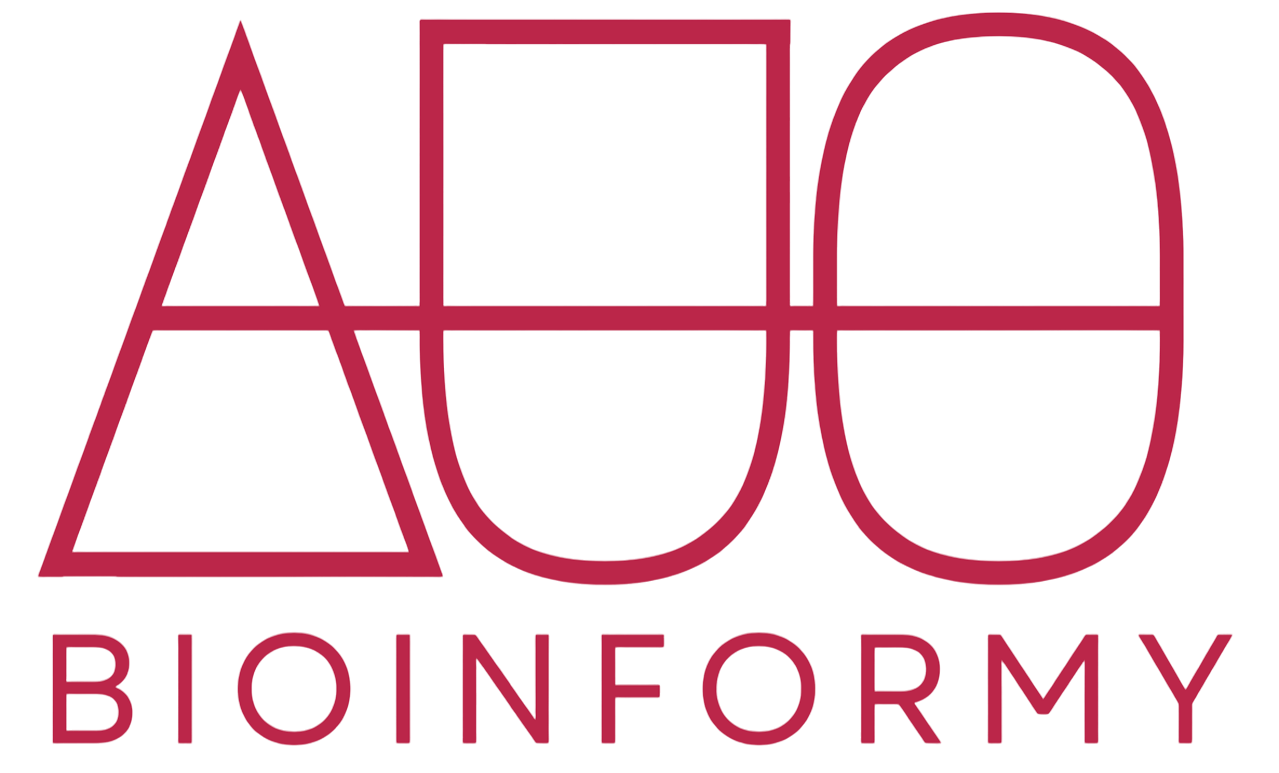Nov 25
/
Clara Fischer
Decoding Gene Expression: A Comprehensive Guide to Molecular Insights
Step into the world of cutting-edge gene expression analysis as we unravel the intricacies of advanced methodologies. In this blog post, we'll explore techniques such as Northern Blot, Real-Time PCR, and RNA Sequencing, shedding light on their applications in molecular biology. Our journey extends to the renowned data repositories GEO and GTEx, where we decode intricate tissue-specific expression patterns. Join us in this exploration at the intersection of genomics and molecular biology, designed to resonate with curious scientific minds.
Measuring Gene Expression
1. Northern Blot
A Northern blot can measure the intensity of one gene at a time. The process involves isolating mRNA with a protease, breaking cell membranes to release genetic material. Subsequently, mRNA molecules undergo separation via gel electrophoresis. The transfer of RNA to a filter/membrane constitutes a blotting step. The membrane is then incubated with a radioactive-labeled probe to visualize the labeled RNA intensity on X-ray film. The unit of measure for expression in this method is X-ray/label intensity or density.
2. Real-Time PCR
Real-Time PCR (RT-PCR) combines the conversion of RNA to cDNA and the amplification of specific targets using Polymerase Chain Reaction (PCR). The process includes the conversion of RNA into double-stranded cDNA using a reverse transcriptase. Denaturation follows, involving cDNA denaturation at high temperature (94-98°C). Subsequent steps include annealing, where primers attach to single strands of cDNA, and extension, where DNA polymerase synthesizes a new DNA strand complementary to the template. The measure of expression in this method is Ct (cycle threshold).
3. Gene Expression Microarrays
Gene expression microarrays, developed in the mid-1990s, can measure gene expression from a thousand genes simultaneously. The process begins with mRNA extraction, followed by the use of mRNA for reverse transcription of cDNA. Labeling of cDNA with fluorescent or luminescent dyes occurs next, and hybridization of cDNA onto the array/slide follows. Scanning of hybridization signals generates images, and image analysis produces raw data. The unit of measure for expression is Fluorescence/luminescence: the higher the signal, the higher the expression.
4. mRNA Sequencing
RNA-sequencing, or RNA-seq, is a High-Throughput Sequencing (HTS) technique for identifying and quantifying RNA molecules in biological samples. The workflow includes experimental design, sample preparation, library generation, High-Throughput Sequencing of the library, and bioinformatic analysis of the reads. The unit of measure for expression is the number of reads (sequences) that match a particular gene/transcript: the more reads, the higher the expression.

Gene Expression Public Repositories
The primary repositories for gene expression data, curated by peers or consortia, include:
- SRA (Sequence Read Archive): A repository at NCBI for both raw and processed data.
- GEO (Gene Expression Omnibus): A public functional genomics data repository that archives and freely distributes datasets generated from microarray and sequencing-based experiments. It is linked to
- SRA.Array-express: A repository at EMBL-EBI for both raw and processed gene expression data.
- Gene Expression Atlas: Linked to Array-express, this repository at EMBL-EBI gathers gene expression data across species and biological conditions.
- GTEx (Genotype-Tissue Expression): The NIH-funded consortium aims to build a comprehensive public resource for studying tissue-specific gene expression and regulation in Homo sapiens individuals.
- ENCODE (Encyclopedia of DNA Elements): A repository providing a comprehensive collection of functional elements in the human genome.
We will delve into a few of these repositories.
- SRA (Sequence Read Archive): A repository at NCBI for both raw and processed data.
- GEO (Gene Expression Omnibus): A public functional genomics data repository that archives and freely distributes datasets generated from microarray and sequencing-based experiments. It is linked to
- SRA.Array-express: A repository at EMBL-EBI for both raw and processed gene expression data.
- Gene Expression Atlas: Linked to Array-express, this repository at EMBL-EBI gathers gene expression data across species and biological conditions.
- GTEx (Genotype-Tissue Expression): The NIH-funded consortium aims to build a comprehensive public resource for studying tissue-specific gene expression and regulation in Homo sapiens individuals.
- ENCODE (Encyclopedia of DNA Elements): A repository providing a comprehensive collection of functional elements in the human genome.
We will delve into a few of these repositories.
GEO (Gene Expression Omnibus)
GEO is a public functional genomics data repository that archives and freely distributes datasets generated from microarray and sequencing-based experiments. The organization of GEO records/datasets is structured as follows:
- Platform (Code GPLxxx): Describes the array or sequencer used.
- Samples (Code GSMxxx): Details the conditions under which individual samples were handled.
- Series (Code GSExxx): Links together a group of related samples and provides a description of the entire study.
- Platform (Code GPLxxx): Describes the array or sequencer used.
- Samples (Code GSMxxx): Details the conditions under which individual samples were handled.
- Series (Code GSExxx): Links together a group of related samples and provides a description of the entire study.
After GEO curation:
DataSet (Code GSDxxx): A collection of biologically and statistically comparable GEO samples.
Profiles: Derived from DataSets, these represent expression measurements of an individual gene across all samples in a DataSet.
DataSet (Code GSDxxx): A collection of biologically and statistically comparable GEO samples.
Profiles: Derived from DataSets, these represent expression measurements of an individual gene across all samples in a DataSet.
GTEx (Genotype-Tissue Expression)
The GTEx consortium, funded by the NIH, aims to build a comprehensive public resource for studying tissue-specific gene expression and regulation in Homo sapiens individuals. To explore gene expression:
- From the main page, access the gene expression portal and search for a particular gene.
- Click on "Gene expression" (left panel) to observe the expression of that gene across all studied tissues.
- From the main page, access the gene expression portal and search for a particular gene.
- Click on "Gene expression" (left panel) to observe the expression of that gene across all studied tissues.
Gene Expression Atlas
The Gene Expression Atlas, funded by EMBL-EBI, compiles gene expression data across species and biological conditions. All data is manually curated, annotated to ontology terms for richer queries, and re-analyzed using standardized methods.

As we conclude our exploration of advanced gene expression analysis, we invite you to reflect on the intricate tapestry of molecular insights unveiled through techniques like Northern Blot, Real-Time PCR, and RNA Sequencing. Navigating the data repositories GEO and GTEx has not only expanded our understanding of genomics but has also highlighted the significance of tissue-specific expression patterns in unraveling the mysteries of life at a molecular level. We trust this journey has enriched your perspective on gene expression analysis, offering valuable insights for both seasoned researchers and those venturing into the fascinating realms of molecular biology.
Dive into Single Cell RNA Sequencing with a 40% Black Friday Deal!
As you embark on your journey into the fascinating world of gene expression analysis, consider deepening your expertise with our specialized course on Single Cell RNA Sequencing. Our comprehensive program delves into the intricacies of cellular heterogeneity, guiding you through the entire data analysis workflow.
From scRNA-seq and bulk RNA sequencing to dimensionality reduction techniques, clustering algorithms, and differential expression analysis, our course ensures a robust understanding of key concepts.
Immerse yourself in hands-on learning with the R programming language and the Seurat Package, equipping you with essential skills for nuanced data analysis. Uncover hidden gene expression patterns through detailed marker analysis.
Don't miss our exclusive 40% Black Friday deal for a limited time – seize the opportunity to elevate your expertise in gene expression analysis today!
From scRNA-seq and bulk RNA sequencing to dimensionality reduction techniques, clustering algorithms, and differential expression analysis, our course ensures a robust understanding of key concepts.
Immerse yourself in hands-on learning with the R programming language and the Seurat Package, equipping you with essential skills for nuanced data analysis. Uncover hidden gene expression patterns through detailed marker analysis.
Don't miss our exclusive 40% Black Friday deal for a limited time – seize the opportunity to elevate your expertise in gene expression analysis today!
Subscribe to our newsletter
Thank you!
Policy Pages
Copyright © 2022
Write your awesome label here.
Never miss the latest news!
We'll send you the best of our news. We promise we won't send you any spam.
Thank you!

